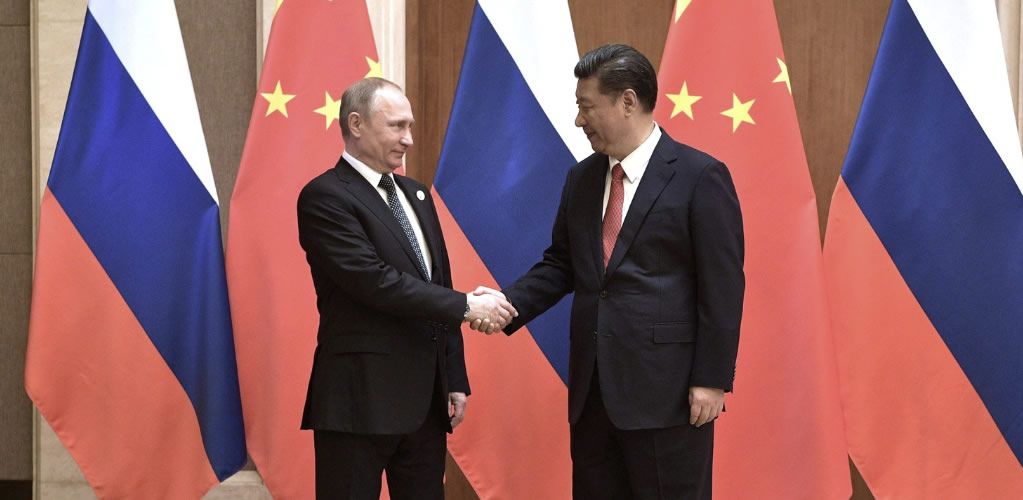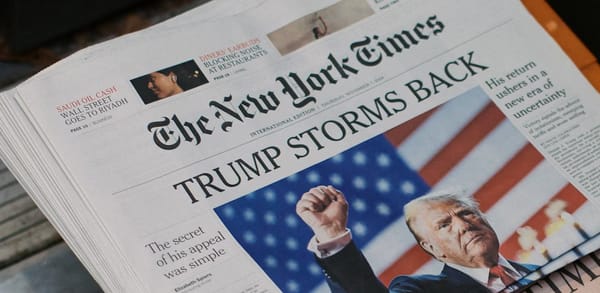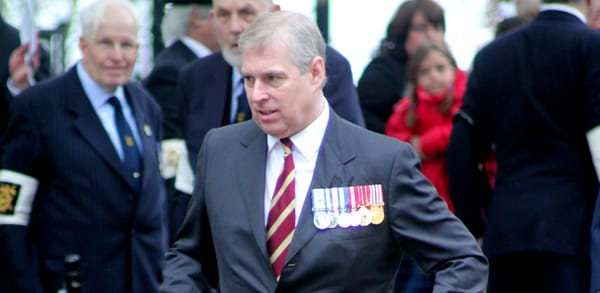Xi-Putin meeting: Here’s what it says about their current, and future, relationship
Vladimir Putin’s first trip outside Russia in 20 months is to attend Xi Jinping’s Belt and Road Initiative (BRI) anniversary summit. Both leaders aim to challenge the Western-dominated order but their partnership leans towards China.

Vladimir Putin’s first trip outside Russia in 20 months is to attend Xi Jinping’s Belt and Road Initiative (BRI) anniversary summit. Both leaders aim to challenge the Western-dominated order but their partnership leans towards China because of Russia’s diminished stature resulting from the conflict in Ukraine.
V ladimir Putin is expected to travel outside the borders of the former Soviet Union for the first time in 20 months to meet China’s Xi Jinping on October 17. The visit, if it happens, is likely to entrench a relationship in which Russia has become a useful tool in a broader Chinese strategy to consolidate its influence in Europe and the Americas.
The occasion of Putin’s likely trip to Beijing is the tenth anniversary of the Belt and Road Initiative (BRI), an ambitious Chinese project to expand global trade routes with other nations and extend transport and infrastructure links.
To mark this event, China’s president, Xi Jinping, will host representatives from some 130 countries in Beijing on October 17 and 18.
Putin is likely to be the star guest. According to Russian sources in September, Putin accepted Xi’s invitation, although Beijing has refused to confirm this.
The two presidents would undoubtedly have lots to discuss. Since they announced their no-limits partnership in February 2022, just before Russia’s full-scale invasion of Ukraine, the world has dramatically changed and keeps changing.
Instability has gripped the South Caucasus and the Middle East – both areas where Russia and China have interests at stake.
Yet their no-limits partnership has become a much more one-sided affair. Where Moscow and Beijing may once have coordinated their approaches, it is now likely that Russia aligns its policies to suit Chinese interests. The Ukraine war has weakened Russia and diminished its influence, at least for now, not only in the Middle East and the South Caucasus but also in central Asia. This has allowed China to become the dominant power there and cement its ties with the region.
Though now clearly a junior partner to Xi, Putin’s expected trip to Beijing still signals that Russia and China share a common agenda when it comes to ending a Western-dominated international order and curtailing US and European influence in what both view as their zones of privileged interest across Eurasia.
Russia keeps emphasising alignment with China, not least because it has few other options except international pariah states such as North Korea and Iran.
Western sanctions against Russia in response to Moscow’s war against Ukraine have severely reduced trade along the New Eurasian Land Bridge (an overland rail link between China and Europe), once a major transport corridor for Chinese exports to European markets.
Instead, transport routes avoiding Russia have gained in importance, including the Middle Corridor linking China across central Asia, the Caspian Sea and the South Caucasus to the EU. This has also dented Russian hopes of closer integration between the BRI and Moscow’s post-Soviet economic integration initiative, the Eurasian Economic Union (EAEU).
While the fact that Putin received an invitation from Xi to come to Beijing is important, it is also noteworthy that this is not a purely bilateral affair. In contrast to Xi’s visit to Moscow in March 2023, Putin’s trip will at best offer the Russian president an opportunity for talks with Xi in the margins of a summit designed to celebrate the BRI, a project closely associated with Xi personally.
Also, China has, and pursues, other options in its foreign relations. There is still a possibility of a meeting between US President Joe Biden and Xi at the APEC summit in San Francisco in November. And the EU’s foreign policy chief, Josep Borrell, visited China, possibly to prepare of an EU-China summit later this year.
What Xi wants to achieve
None of this implies that Xi is about to drop Putin as an ally. The key question is how Xi will balance his support for Putin with his need to stabilise relations with the US and prevent large-scale European “de-risking” – limiting technology exports to China, scrutinising investment from China, and decreasing dependency on China-only supply chains – that would further limit the access to EU markets for Chinese goods, services and capital.
Given the increasingly apparent conflict fatigue among Ukraine’s Western partners and the likely benefits that Putin will reap from the current violent escalation in the Middle East, Xi is unlikely to disown Putin.
He may, however, see an opportunity to facilitate a settlement more on Russia’s terms than on Ukraine’s – a face-saving way out for Putin to claim victory that restores a modicum of stability across a region that remains crucial for the long-term success of the BRI and ultimately for China’s superpower aspirations.
If Xi were to pull this off, it would also cement China’s role in a future Euro-Atlantic and Euro-Asian security order.
While this would simultaneously turn Russia into a possible permanent second-order power in China’s shadow. It might also be Putin’s best hope of avoiding the humiliation of a never-ending war. That prospect, however, remains firmly on the cards, especially if China and the West maintain their current levels of support for Russia and Ukraine, respectively, which offers just enough for either side to avoid defeat.

Sources:
▪ Text: This piece was originally published in The Conversation and re-published in PMP Magazine on 16 October 2023. | The author writes in a personal capacity.
▪ Cover: Wikimedia/The Russian Presidential Press and Information Office. (Licensed under a Creative Commons Attribution-ShareAlike 4.0 International License.)







[Read our Comments Guidelines]